Scams and cybercrimes
There are many different types of scams and cybercrimes. This is an Easy Read guide about how you can stay safe.
Image

In this guide, we explain scams.
A scam is when someone tries to:
- trick you
- take your money.
Image

In this guide, we also explain cybercrimes.
A cybercrime is when someone uses computers or the internet to break the law.
For example, they steal information or damage computers with a virus.
What you should do if you have been scammed
Image

If you think you have been scammed, it’s important you know what to do.
Image
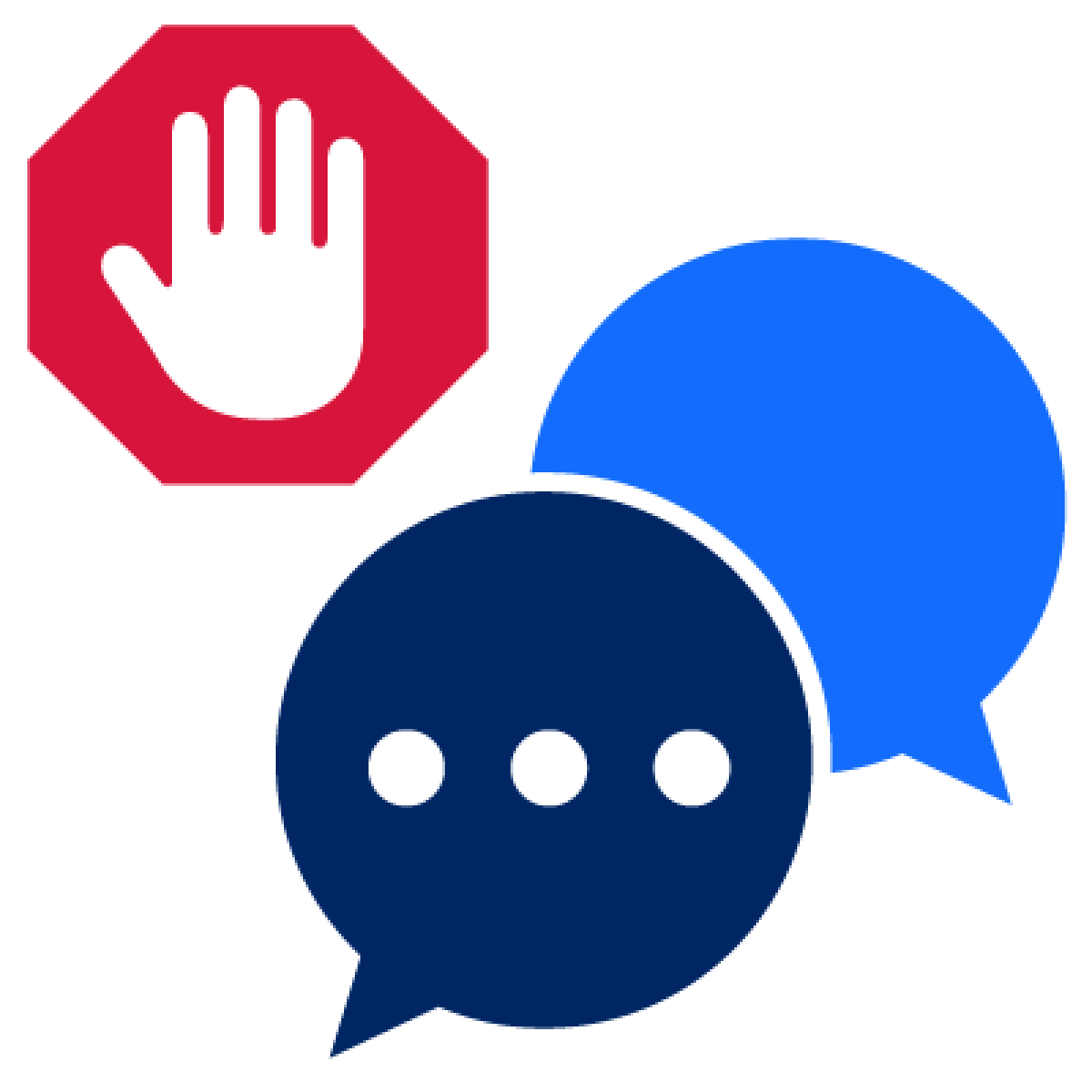
For example, you should stop contacting the scammer.
A scammer is a person who does a scam.
Image

You can find out more on our What you should do if you have been scammed page.
How to keep safe
Image
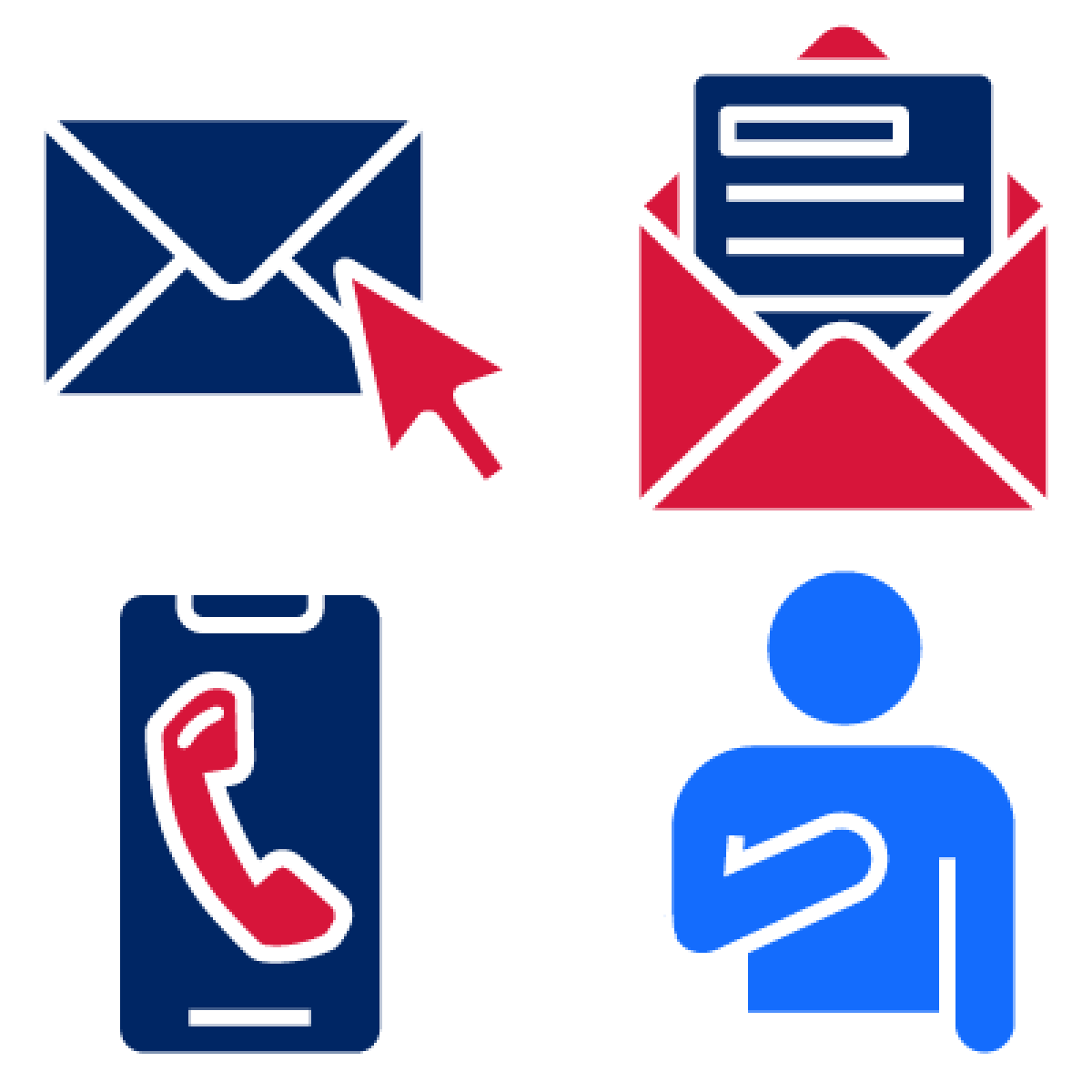
You should not reply to people or organisations you don’t know.
This includes:
- emails or messages
- letters
- phones calls
- if they visit you in person.
Image
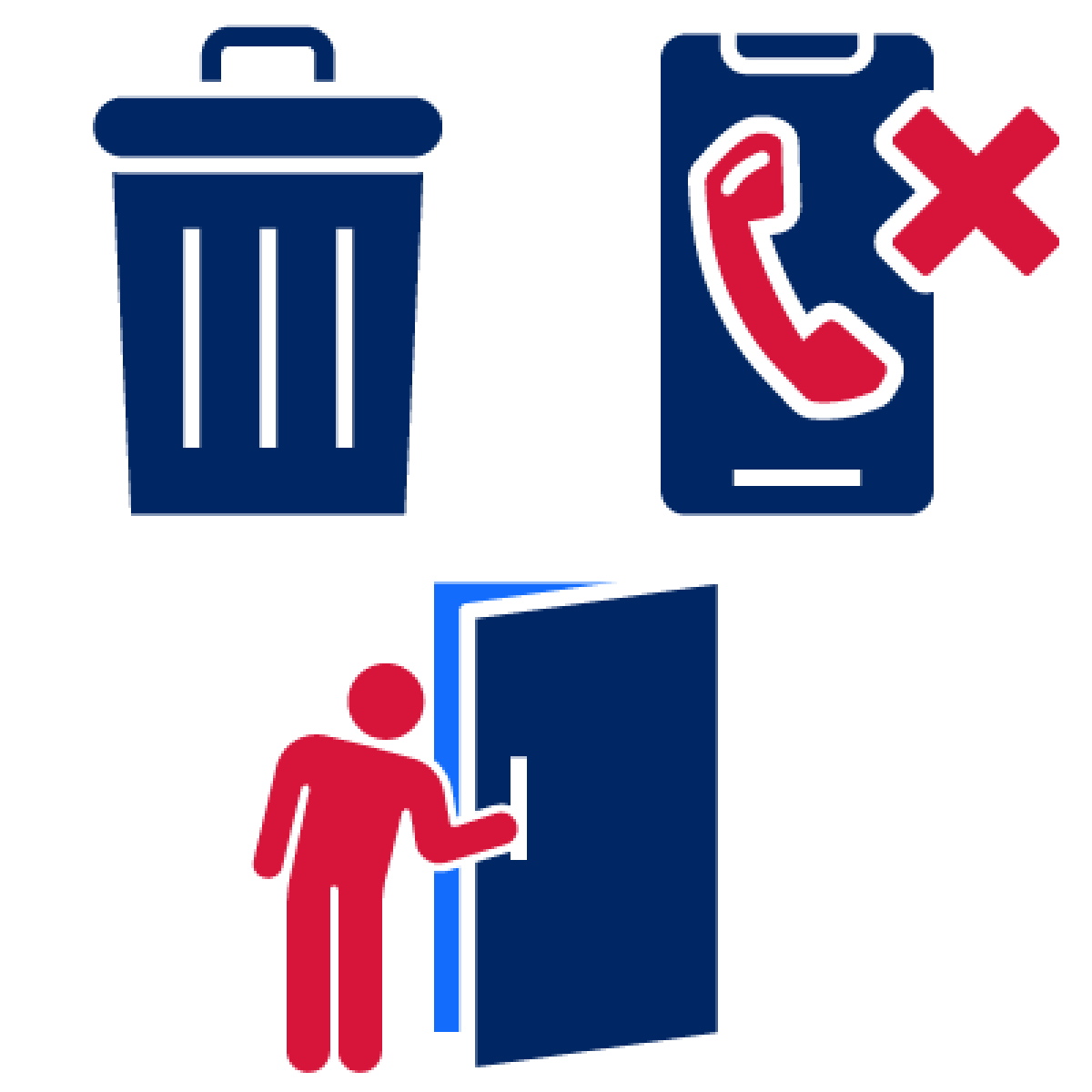
You should:
- delete their messages
- hang up on them
- shut your door if they visit you.
Image

You should not let scammers upset you.
They will try to use your emotions to get what they want.
Image

You should look out for tricks scammers might use.
For example:
- fake websites
- acting like someone you know or trust.
Image
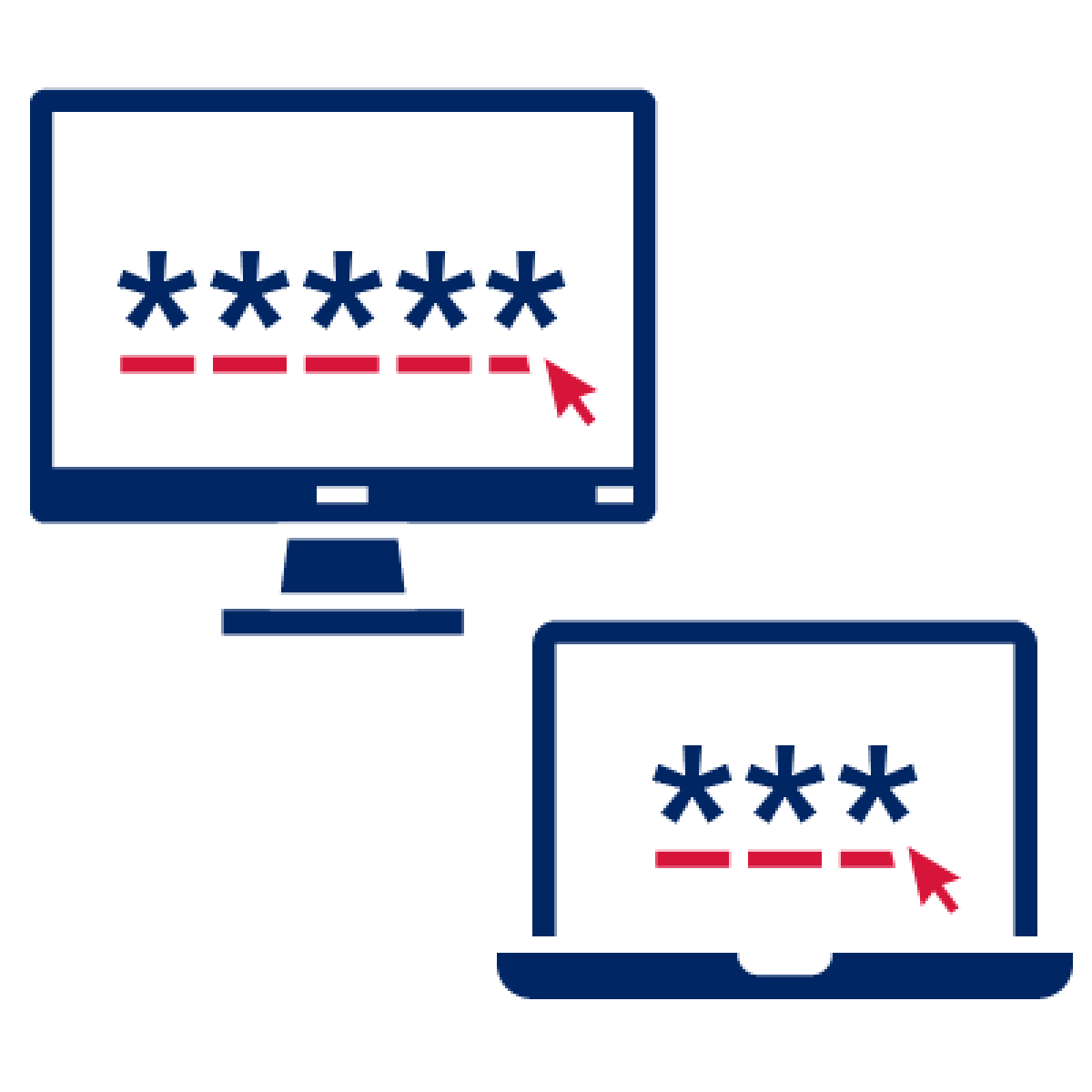
You should not use the same password for all of your online accounts.
Image
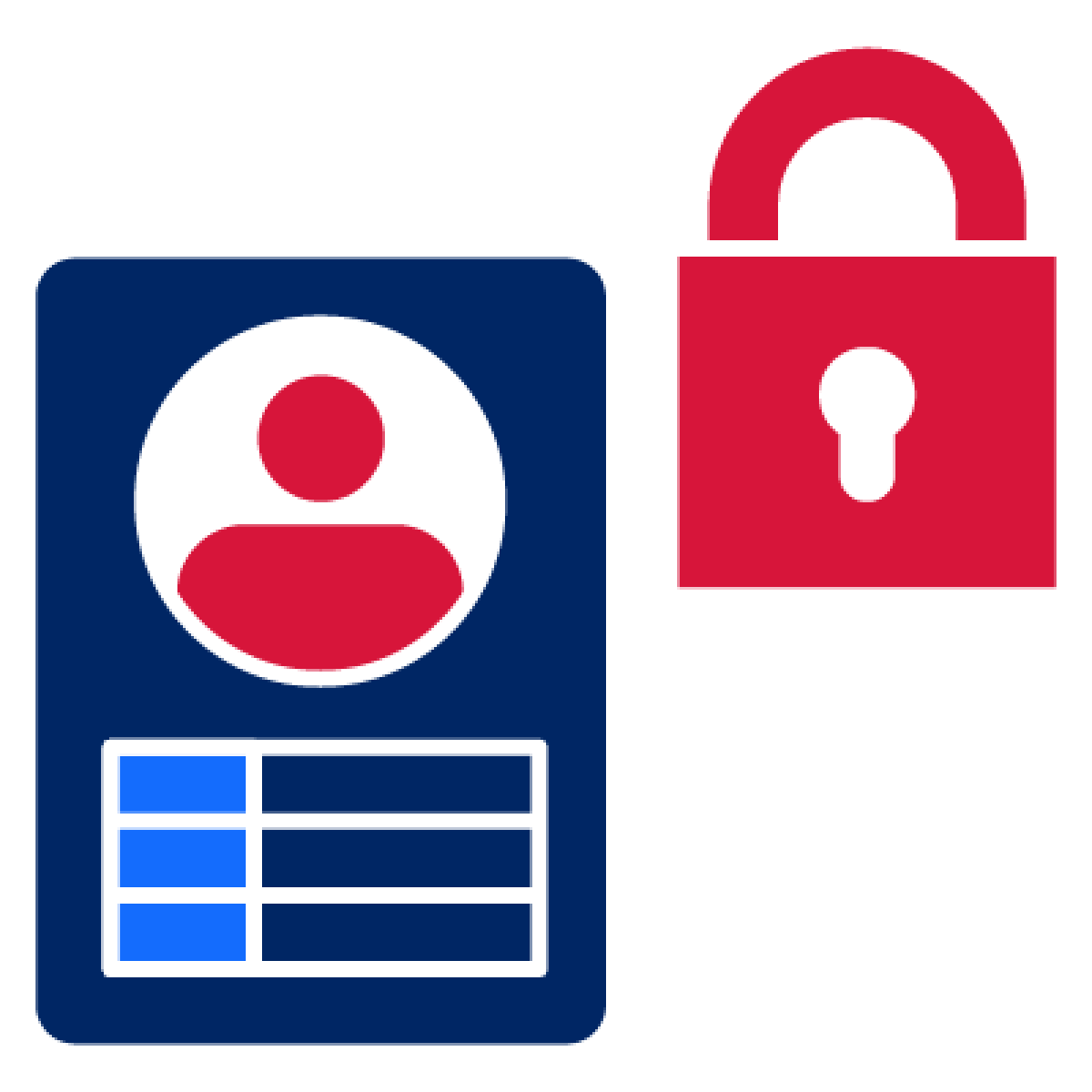
You should protect your personal information.
This includes your personal information that shows who you are.
Image

For example, you should try not to fill out forms online where they ask for your bank details.
Image
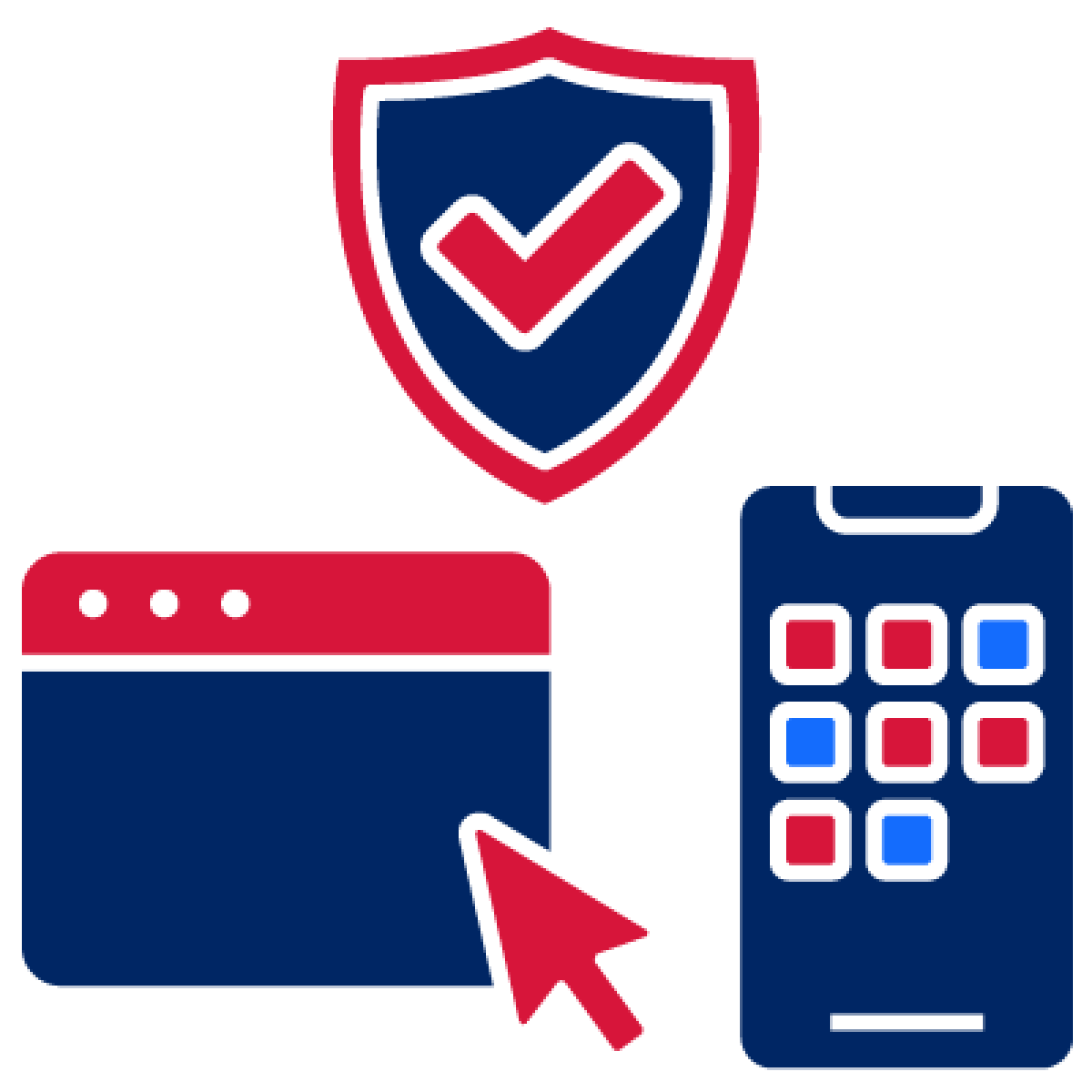
You should only use websites or phones that are secure.
For example, you should make sure:
- the website says ‘https’
- the address for the website is spelt right.
Types of scams
Image

Scammers might ask you to:
- send them money
- send them your personal information
- pay them in different ways, like a gift card.
Image

Scammers might try and steal your personal information by hacking your computer.
Image

Scammers might sell you something but won’t send you the item.
Image

Scammers might try to buy something from you.
But they will say they sent you too much money and will ask you to send some back.
Image

Scammers might act like they:
- have feelings for you
- are in a romantic relationship with you.
Image

Scammers might act like they are from a charity and ask you for money.
Image
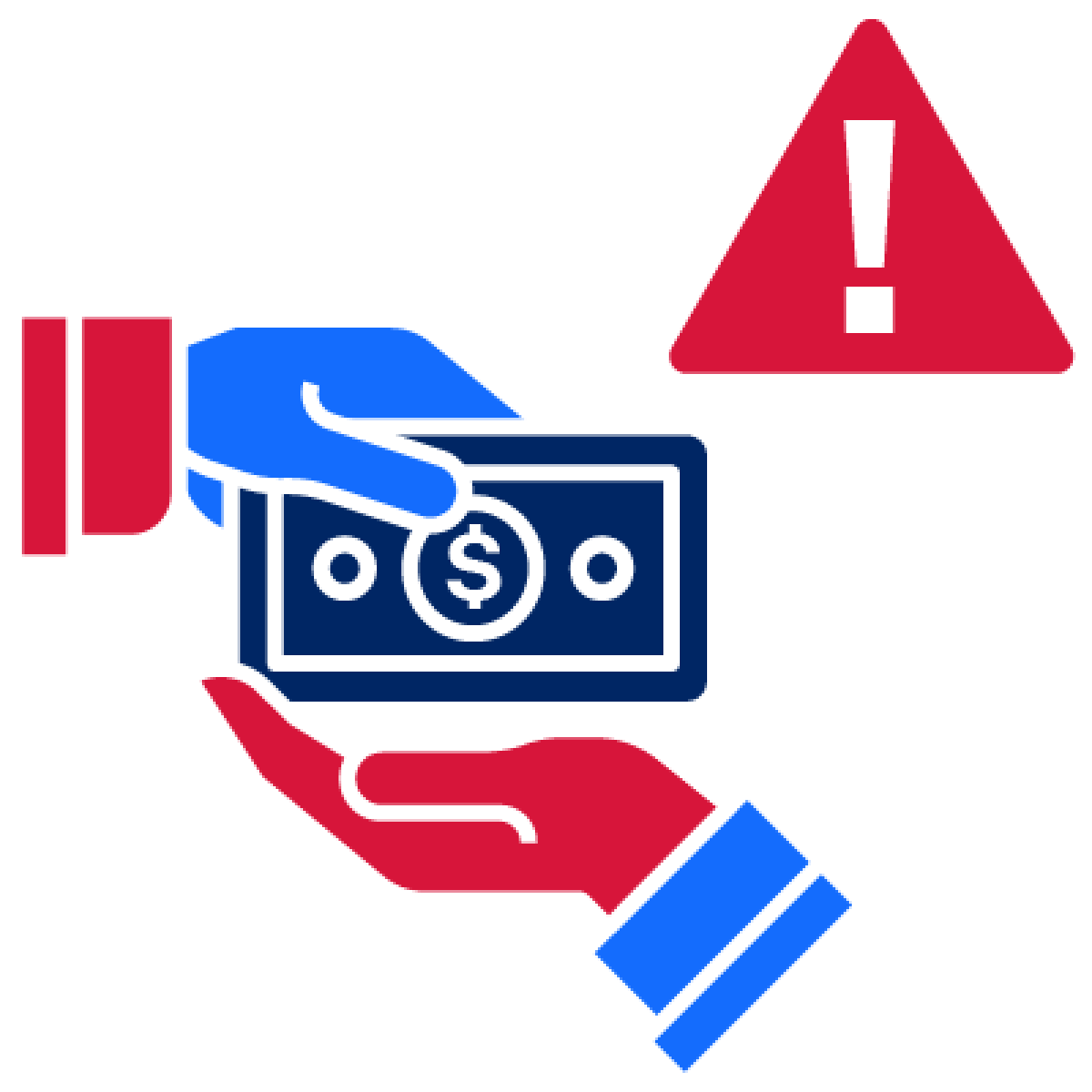
Scammers might lie about ways you can make money.
Image

Scammers might offer you:
- a job
- a way to earn a lot of money quickly.
Image

But they will say you need to pay them money before they do this.
Image
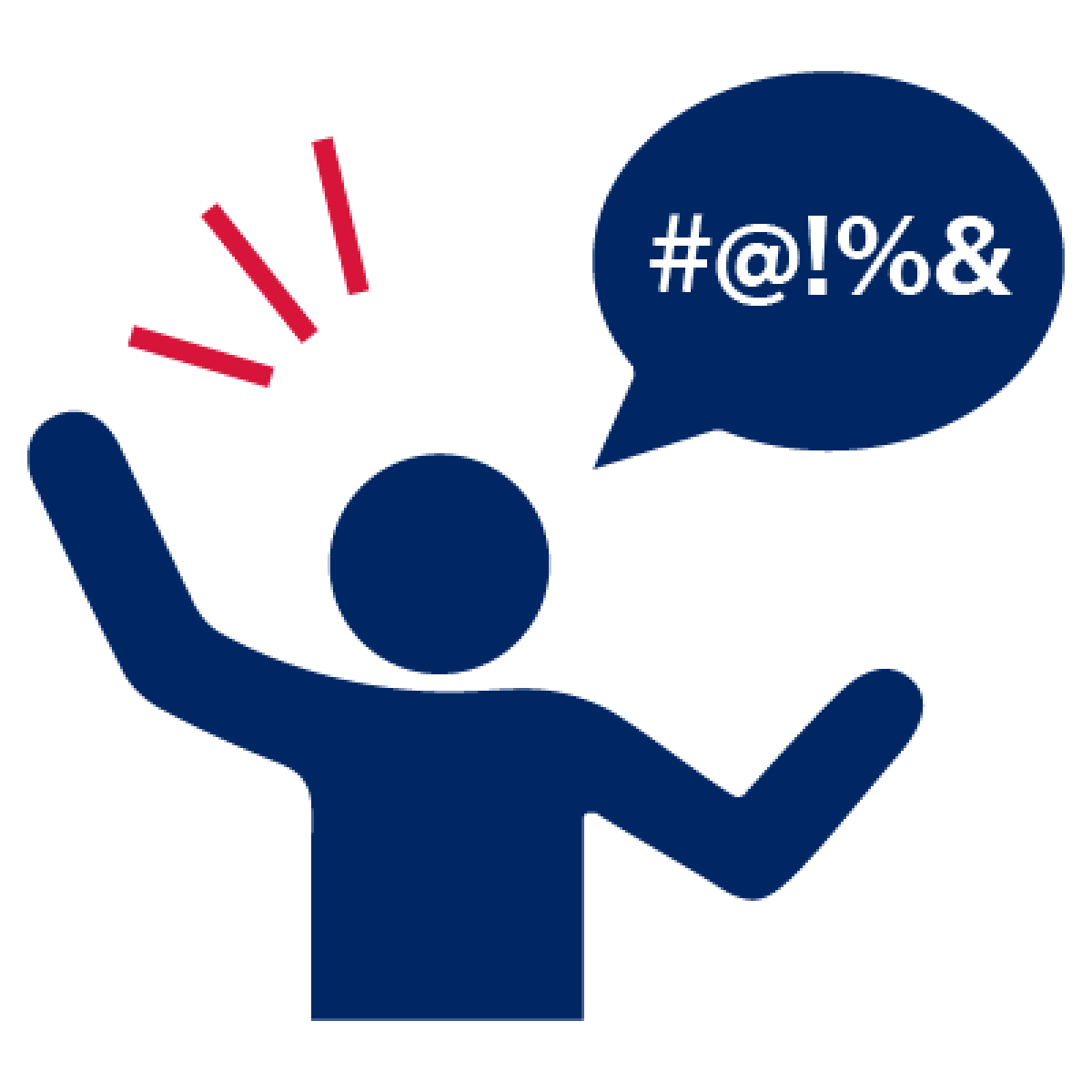
Scammers might threaten you.
When someone threatens you, they say they will do something bad to you if you don’t give them what they want.
Image

Scammers might lie and say you have won money, like a prize giveaway.
Image

You can find out more about these types of scams on the Scamwatch website.
Types of cybercrimes
Image

Cybercrime can often be part of online scams.
But not all cybercrimes include scams.
Image
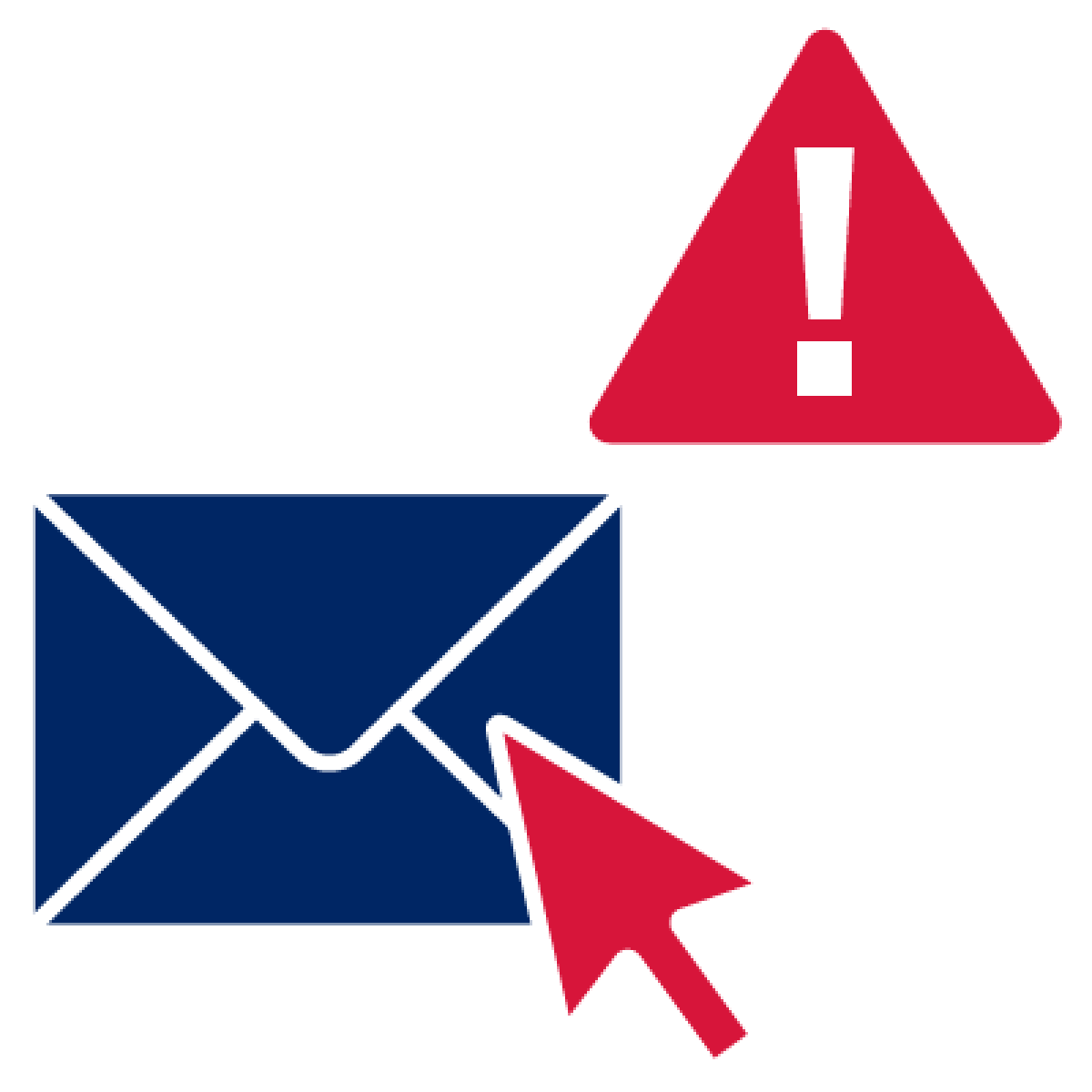
Cybercrimes can also be:
- email spam
Image

- attacks on computer systems
Image

- stealing someone’s identity.
Your identity is what makes you who you are. For example, your name and age.
Image
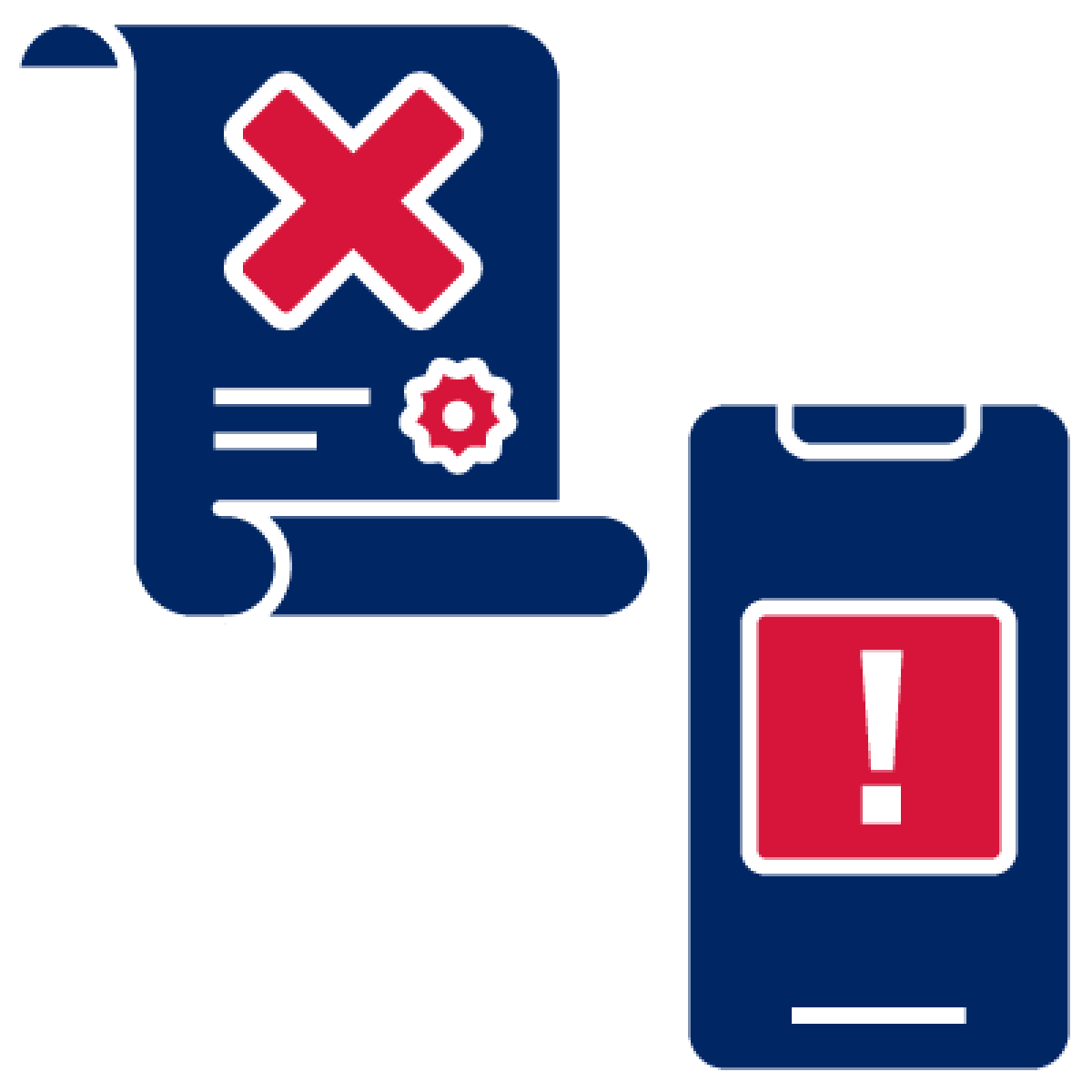
Cybercrimes also include:
- sharing content that is against the law
Image
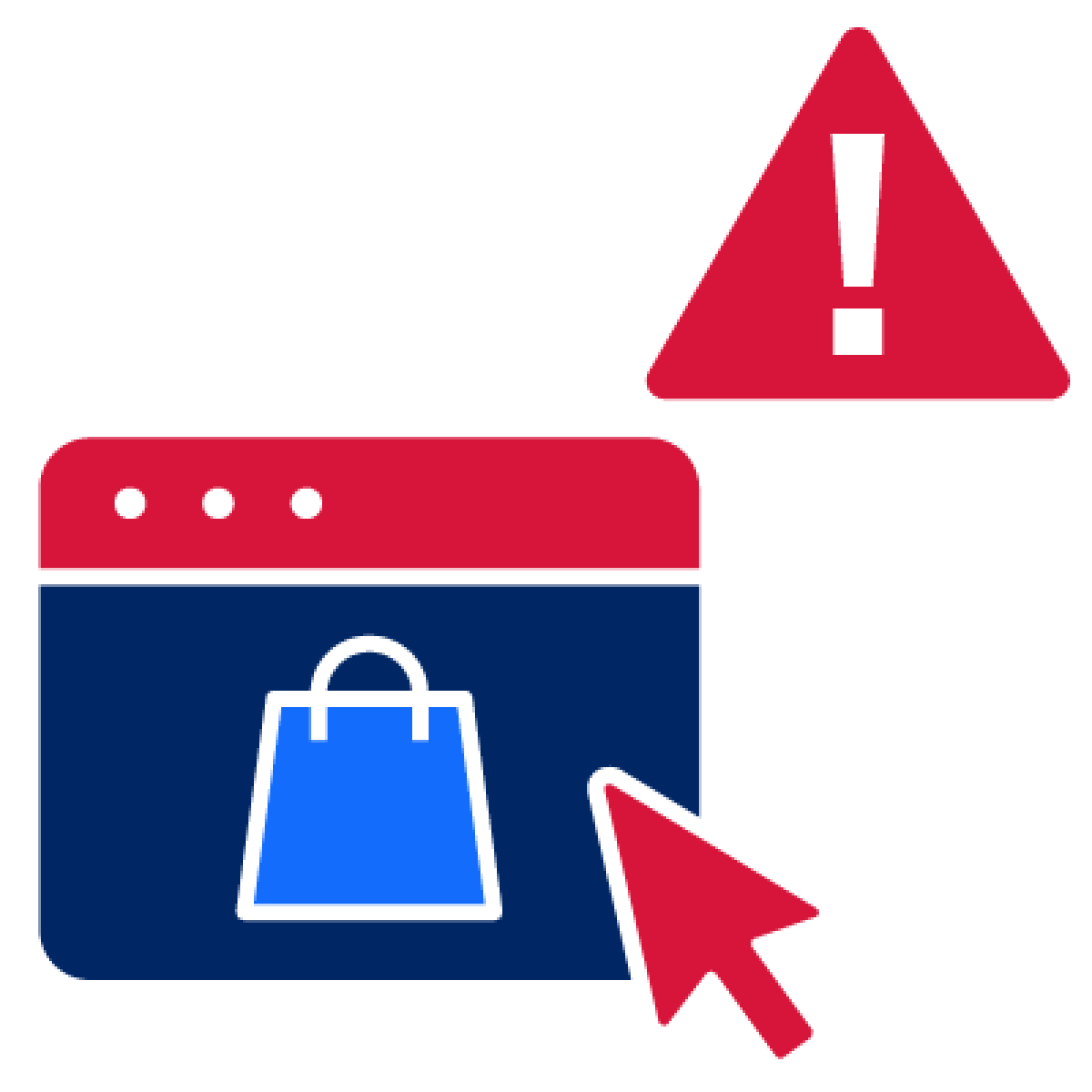
- fake websites to buy or sell items that might be worth a lot, like online money
Image

- cyberbullying.
Cyberbullying is when a person uses technology to say or do something to make you feel bad over and over again.
Image
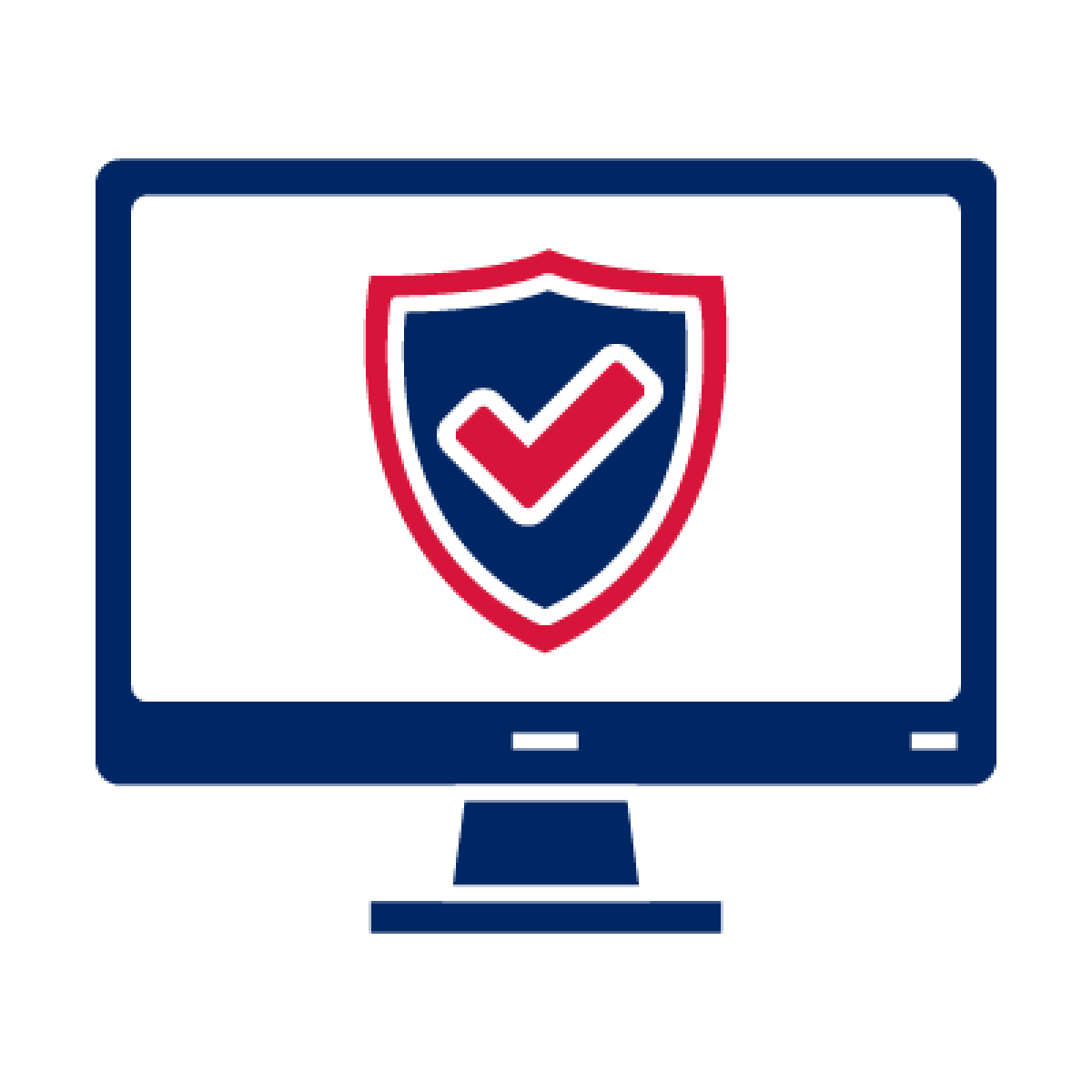
You can find out more about cybercrimes on the Australian Cyber Security Centre website.
More information about scams and cybercrimes
Image

You can find advice about scams on the Scamwatch website.
Image

You can find out more about scams on the Little Book of Scams page on the Australian Competition and Consumer Commission website.
Image

You can find out more about how to stay safe online on the Australian Signals Directorate website.
Who you can contact for support
Image

If you can’t find the information you need, you can contact us on the Complaints and enquiries page on our website.
Image

There are services you can contact if you are upset or need support.
Image
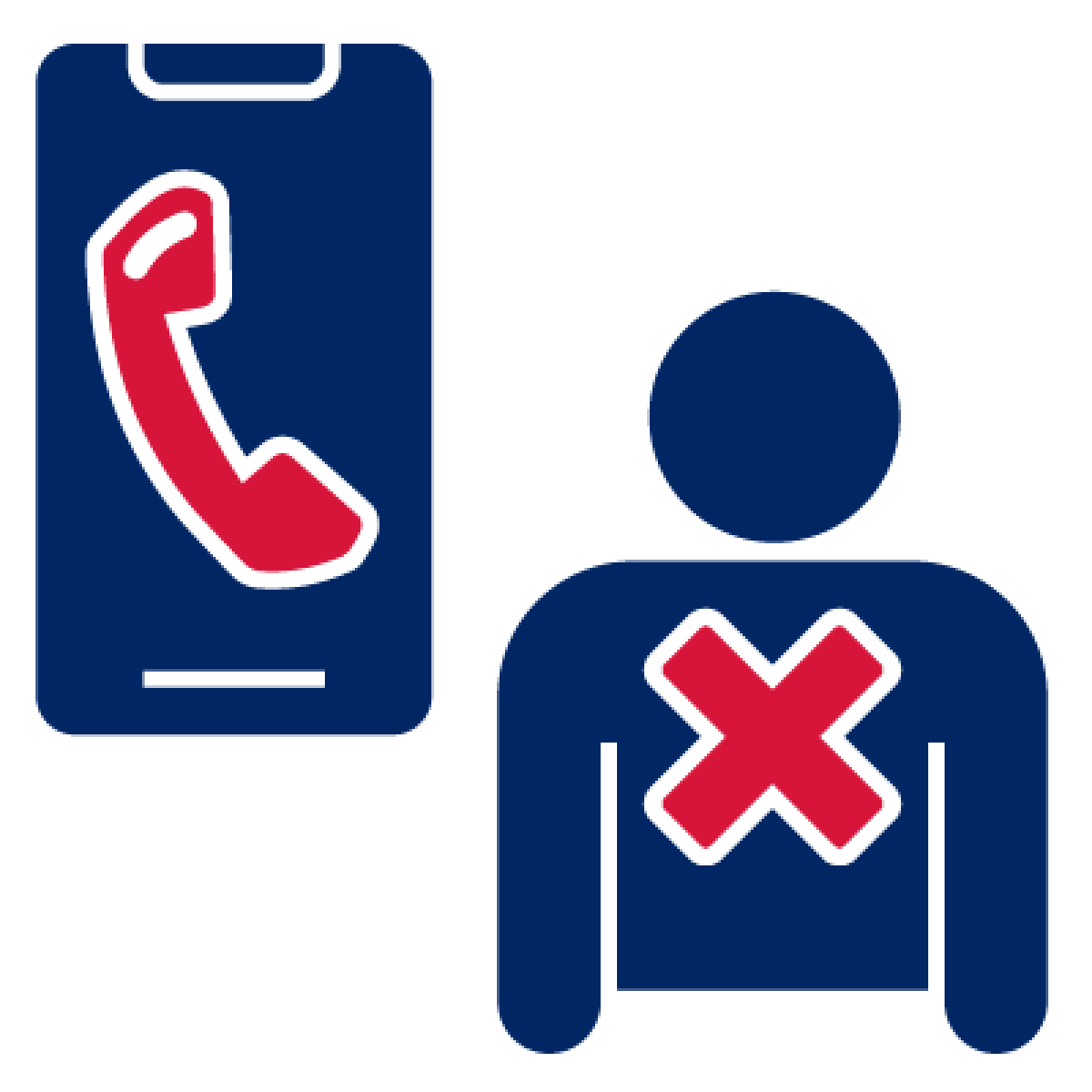
You can contact Lifeline.
Lifeline is a service for people at risk of suicide.
This is when someone ends their own life.
Image

You can find out how to contact them on the Lifeline website.
Image

You can contact Beyond Blue.
Beyond Blue is a service that connects people with care they might need for how they:
- think and feel about themself
- deal with things in their life
- manage their feelings.
Image

You can find out how to contact them on the Beyond Blue website.
Image
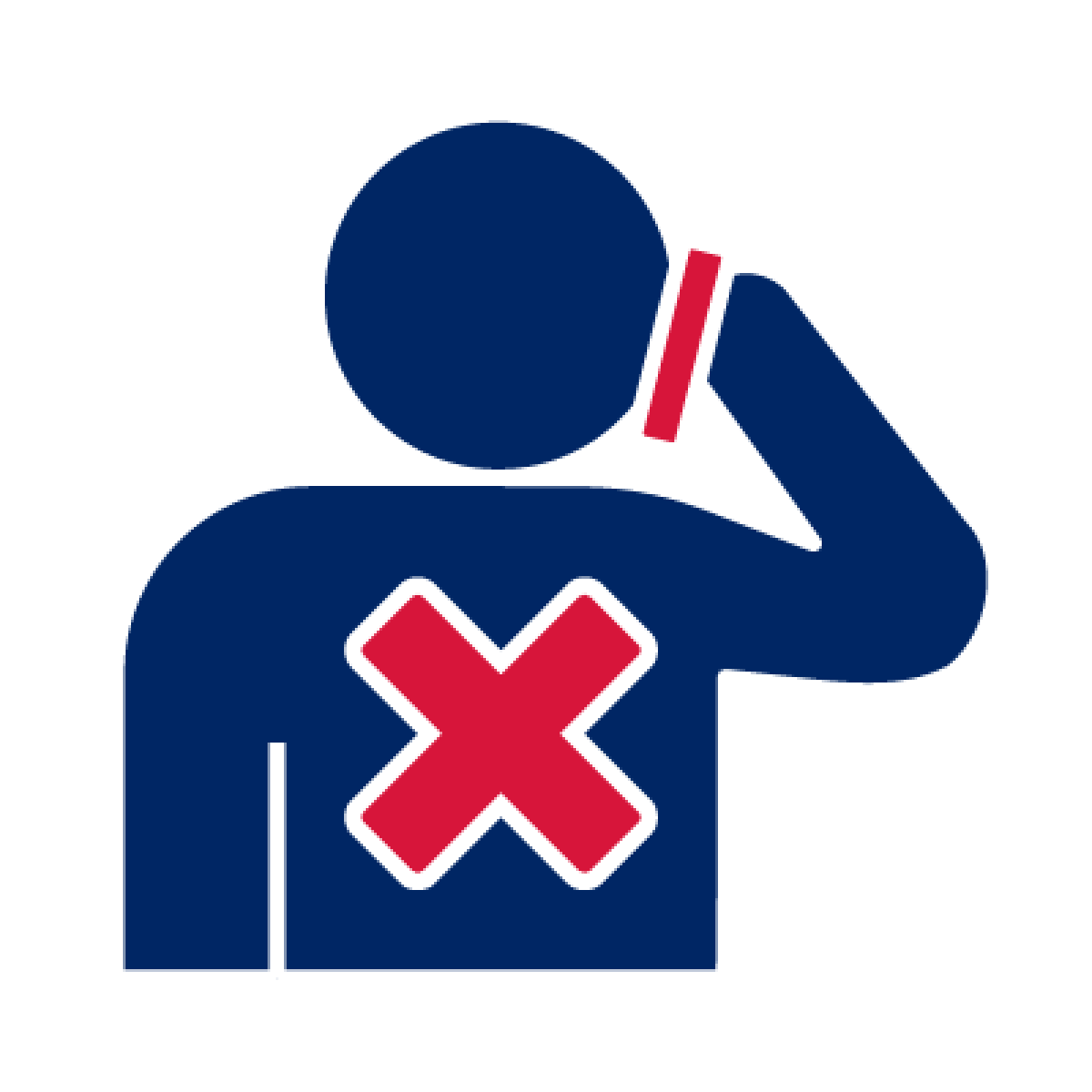
You can also contact Suicide Call Back Service.
Suicide Call Back Service is a free 24/7 call service for people at risk of suicide.
Image

You can find out how to contact them on the Suicide Call Back Service website.